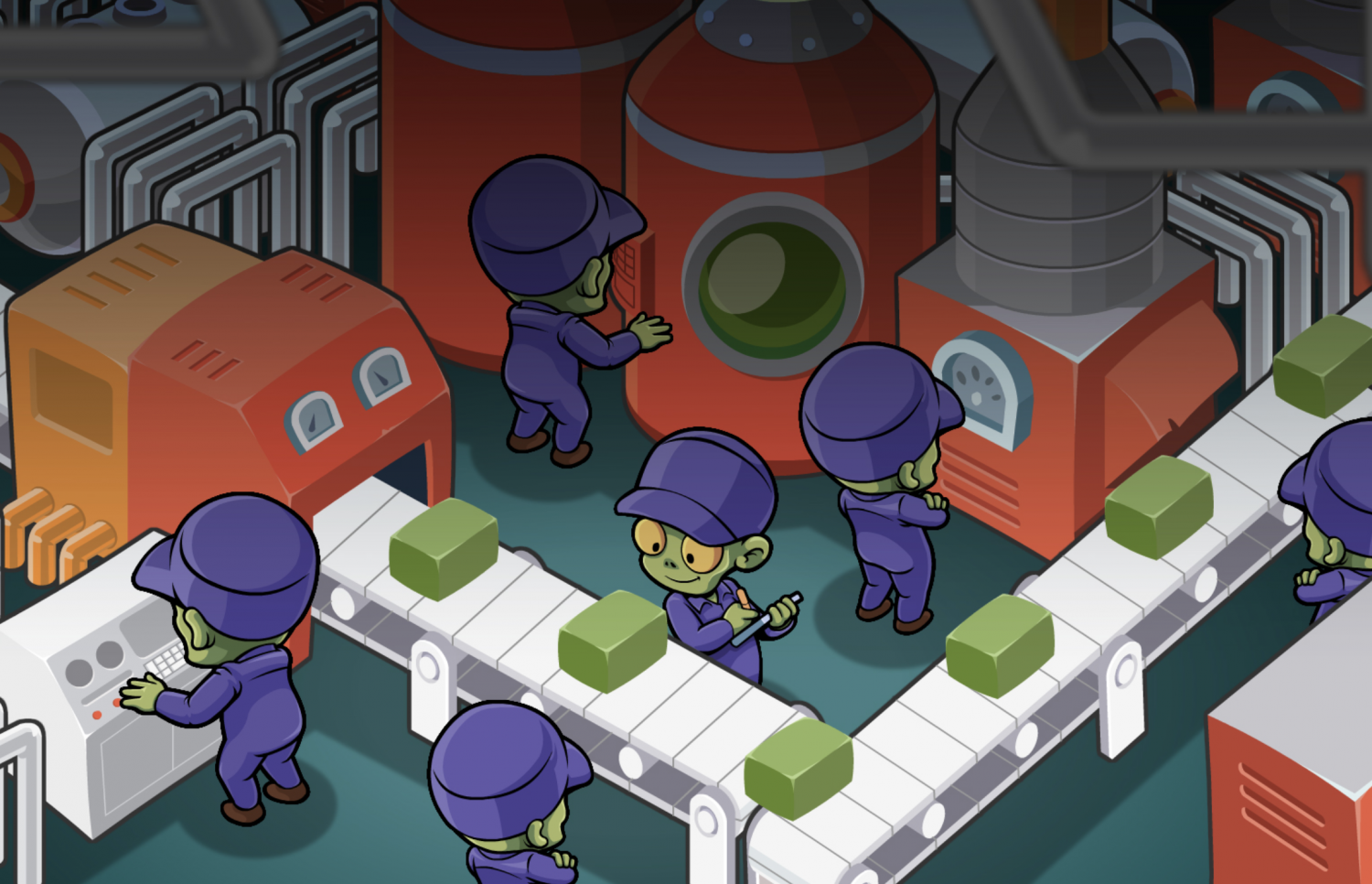

Sneak and Show is a blue deck, which by definition means that it’s at least a little complicated. This is the easiest deck to play in Legacy in my estimation (and the more aggressive versions are also quite easy). There are some potentially complicated cards in the deck ( Endbringer gives you a lot of choices) but as a whole the deck is very forgiving because if you have access to those types of cards, then you’re probably going to win regardless of what you do. Their game doesn’t end as quickly with Eldrazi Post as it does with the previous two decks, but your game plan remains the same against everybody-play some lands and accelerate into the biggest Eldrazi you can cast. Sideboarded games in particular can be a bit challenging, as you now have to play around things like Surgical Extraction or Faerie Macabre, but the main way of beating anything with this deck remains “I hope they don’t have it” or “I hope I can brute force enough reanimation spells through it,” so I don’t think you’ll run into a lot of trouble if you’re a beginner. There are two challenges in B/R Reanimator-mulliganing and sideboarding. You have a game plan that you execute basically every game (getting the best big creature possible from a tier list that rarely changes-it’s almost always Griselbrand first), and you have 7-9 cards to execute it with. #13: B/R Reanimatorī/R Reanimator is very similar to Red Prison. Should you play a turn-1 Chalice for 1 or a turn-1 Blood Moon, for example? This changes depending on what deck you’re playing against, but it’s hard to go completely wrong if you know your opponent (and if you don’t you can just decide which one is better and always lean toward that one). Most of the difficulty in this deck is knowing which “lock” piece to go for. You’re basically working with 7-9 cards throughout the game, and only 2-3 of them matter (because even though the game doesn’t literally end on turns 1 and 2, in reality it basically does, one way or the other). Most of your games are short and you take very few actions, so there’s not a lot of complexity. There’s a subset of Legacy decks where you look at someone’s opening hand and you can already tell who is going to win the game, and Red Prison is one of them.

Here’s the rank from lowest to highest: #14: Red Prison I asked a group of professional players and the competitive community as a whole (on r/MTGlegacy, so people that play Legacy) to grade each deck based on how much practice/experience they feel is needed to take the deck to a tournament and perform adequately with it. In this article, the grading follows the same system. For a better explanation of what deck difficulty even means, why it’s useful to figure out, and how the system works in general, you can refer to the first article here. It’s now time for the third (and last) deck difficulty article: Legacy.


 0 kommentar(er)
0 kommentar(er)
